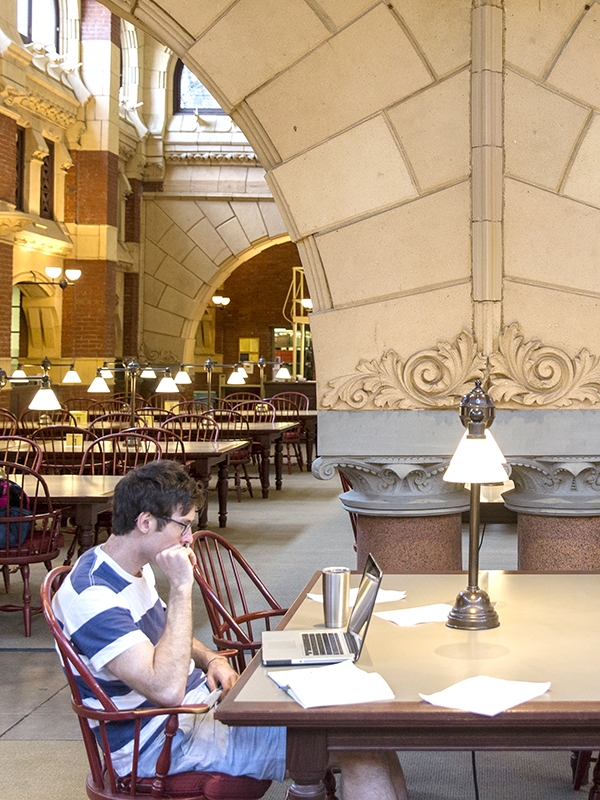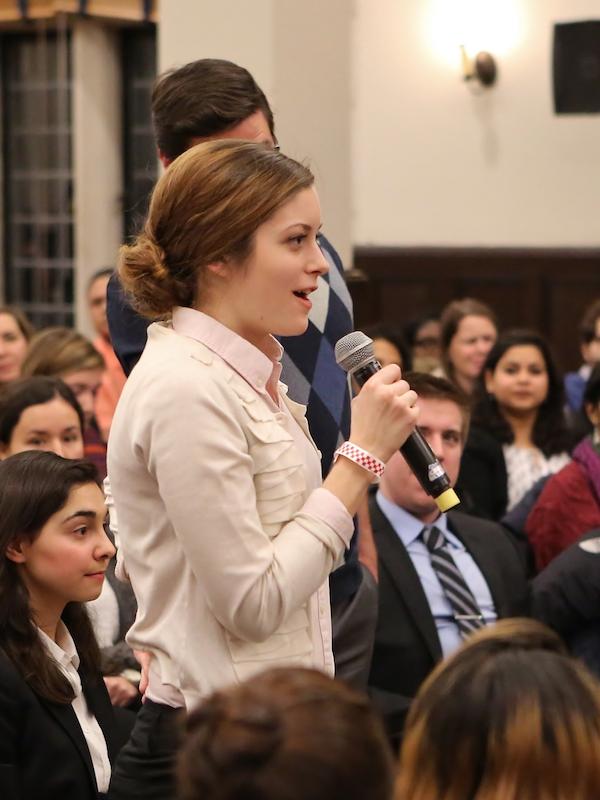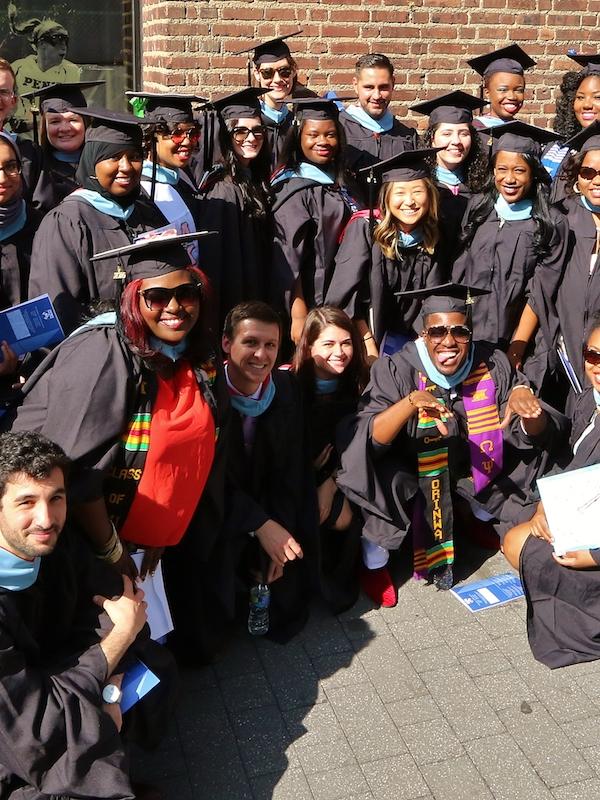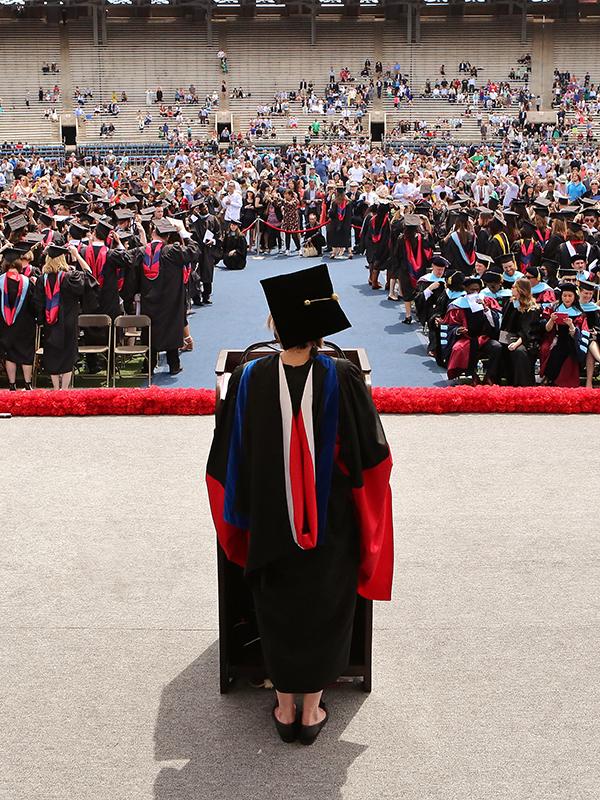Fostering Critical Thinking in the Classroom
When Andrew Biros, C’10, GED’12, undertook his student-teaching assignment in Penn GSE’s Teacher Education Program, he found that too many of his pupils at University City High School in Philadelphia did not expect to be active participants in the classroom.
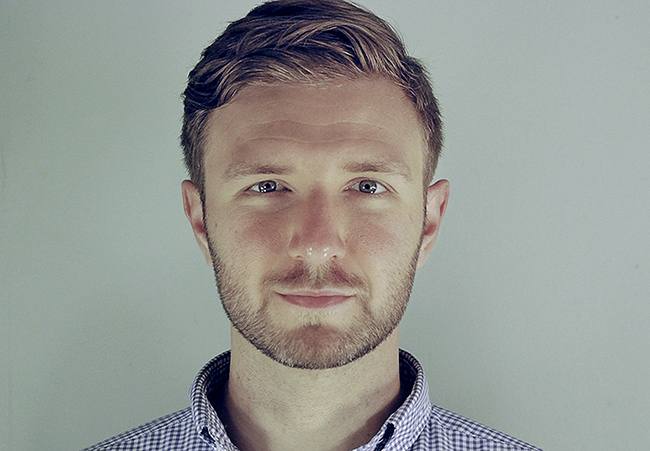
At Penn GSE, Biros learned to teach using the inquiry method. A student-centered approach, it encourages students to play a leading role in learning. “The teacher is a facilitator, a coach, a curator of curriculum who helps students ask the right questions and find the right resources to answer them,” says Biros, who attended GSE with a Leonore Annenberg Teaching Fellowship, considered the equivalent of a national Rhodes Scholarship in teaching. An inquiry methods teacher also strives to make the classroom relevant to the lives and backgrounds of the students.
Biros has championed this technique in two Philadelphia public schools and is now making it the focus of his work launching charter schools in California. At University City, Biros mobilized his high school seniors to better understand problematic issues in their community. He asked them to generate questions and analyze data about low educational attainment, poverty, and crime, and arranged for then-Philadelphia mayor Michael Nutter, W’79, to visit his class and respond to students’ questions about how citizens and government can effect change.
“We can begin to instill students with the notion that, ‘Yes, I can solve this.’ When people are empowered with that, what we can accomplish as a society will be endless.”
After graduating from Penn GSE, Biros worked for three years as a full-time teacher at the Kensington High School for Creative and Performing Arts, another public school in Philadelphia. There, he led efforts to redesign the school’s curriculum according to the inquiry method, working with colleagues including two former GSE classmates, Monty Ogden, GED’12, and Charlie McGeehan, GED’12. Their approach also emphasized technology, assigning every student a Chromebook laptop. “Students need the right tools so that they can be engaged learners and exhibit new understandings,” Biros says.
Since last summer, Biros has been developing charter schools in California with the support of the Silicon Schools Fund, a venture philanthropy foundation. To help launch a school in the established Alpha Public Schools network, which serves low-income communities, he has taken on responsibilities in management and operations in addition to teaching and curriculum development. In 2018, with support from Silicon, Biros plans to open his own school, the Collaborative Design Academy, slated to serve a diverse student population beginning with grades four and five and expanding through grade eight. Having worked in public and charter schools, Biros says he sees both as viable vehicles of educational progress. “What I care about is fostering unique and innovative school models,” he says. “I just want great schools, whether charter or public.”
Biros credits GSE with shaping his work through both the inquiry method and close-knit relationships with his classmates. “It was probably the most vibrant year of my academic life,” he says. “To be able to teach in a school and then attend class with my cohort at GSE and reflect on our work was really special. When teachers go into their classrooms and close the door, it is incredibly isolating. But when they are able to reflect and collaborate together, it is incredibly powerful. That’s where real growth comes from.”
This article originally appeared in the Spring 2016 issue of The Penn GSE Magazine.

